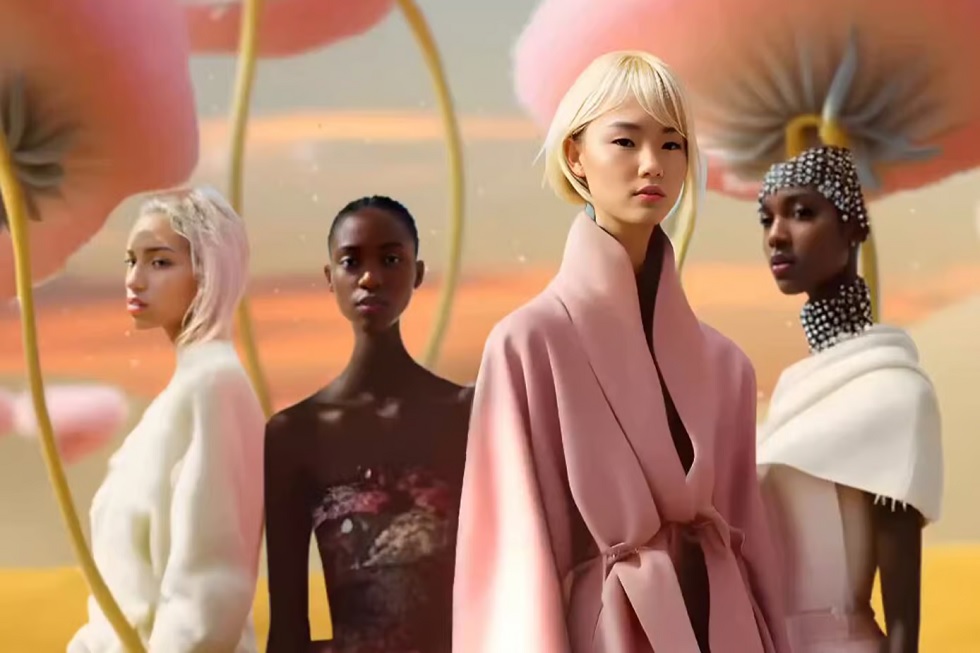Between fascination and fear, artificial intelligence (AI) has been gaining popularity among the masses for a year: his nephew used it to do his latest university project, videos with automatic dubbing go online and photos are completed and edited without much effort. Concepts such as generative artificial intelligence or Machine learning He’s gone from occupying Silicon Valley offices The Massachusetts Institute of Technology (MIT) labs are set to have their own place at the approaching Christmas dinner, and the main reason is ChatGPT, the text generator that this week celebrates its first year ever.
According to the program itself ChatGPT is “An advanced language model developed by OpenAI that uses the GPT-3.5 architecture To generate coherent and contextually relevant responses in text conversations. Its applications are many, from translating texts to maintaining conversations, writing content or solving problems, but it has also opened the door for companies and citizens to think about it beyond science fiction.
The company responsible for this feat is OpenAI, which last week starred in a tale of corporate intrigue worthy of the big screen. Sam Altman, founder of the company that created ChatGPT, has been fired from the company after an unexpected decision from the board of directors. Days later, after a campaign initiated by employees and investors, the director returned to his position. The conflict has arisen between the most disastrous disagreements of the members, which sought to slow down the advance, and the more optimistic, led by Altman, who finally won the match. Fashion, which loves to join the latest trends, already integrates them into design, marketing, customer service and operations.
McKinsey estimates that using generative AI in fashion could add $275 billion in benefits within three to five years.
According to a study conducted by McKinsey and published earlier this year, The use of generative AI in the fashion and luxury sector could add up to $275 billion to the sector’s profits. In a period ranging from three to five years.
Use cases cover the entire value chain, not just in low value-added tasks. Design, for example, is one of the fields with the greatest potential Spanish companies like Desigual or Mango are already using it.
Uses Desigual Firmware, A Spanish platform that integrates different AI tools (such as ChatGPT or Dall-E) So designers can participate in creating on the digital whiteboard from drawings, photos and other raw data.
Zara, H&M, Dior, and Nike are some of the brands that are already using generative AI
For its part, Mango has an in-house developed image-generating AI platform called Inspire, which is designed for design teams, photography studios or technical architects. He has already launched more than twenty clothing items in the market. Both companies confirm this The key is co-creation, and AI is just another tool in the service of creativityWhich enables it to do its work faster and more efficiently.
The potential of generative AI in fashion has stimulated the launch of several specialized tools, e.g Cala, Designovel, and Fashable, as well as “generic” ones like Stable Diffusion or Midjourney. Compared to other technological innovations, their implementation is relatively quick and easy, but to benefit from them on a large scale, it is necessary to create specialized teams to “train” them.
AI also has applications in other creative fields, such as marketing. Etam was one of the first companies to launch a campaign developed entirely using artificial intelligence Models that did not exist and an image that never occurred. The images below indicate, as required by French regulation, that they were developed using this type of tool.
In the field of text-to-text tools (such as ChatGPT), the potential lies above all in customer service. Mango has also developed its own conversational generative AI platform, Lisa, with applications ranging from collection development to after-sales service.
Although most companies still haven’t detailed how they use these new tools, several reports point to brands like Zara, H&M, Dior, Macy’s, and Nike are among the companies that have already embraced generative AI. In the case of the Swedish group, the application focuses on trend forecasting tasks, while Dior and Louis Vuitton (both from the LVMH group) are testing it in their stores to improve the customer experience.

“Beeraholic. Friend of animals everywhere. Evil web scholar. Zombie maven.”

